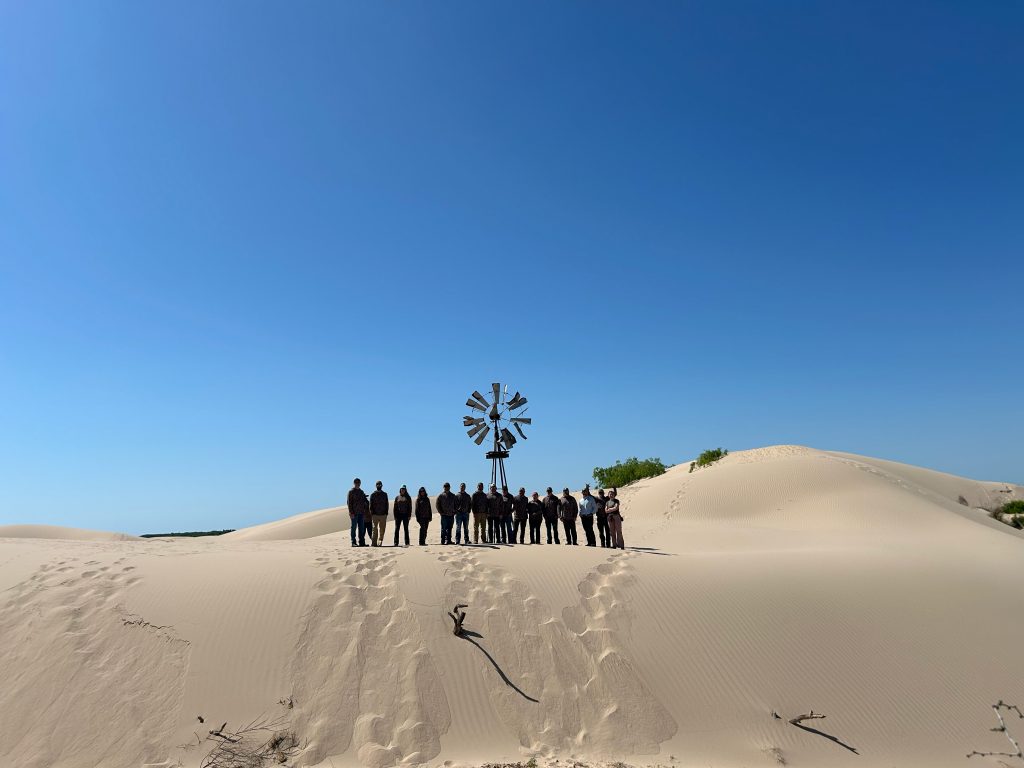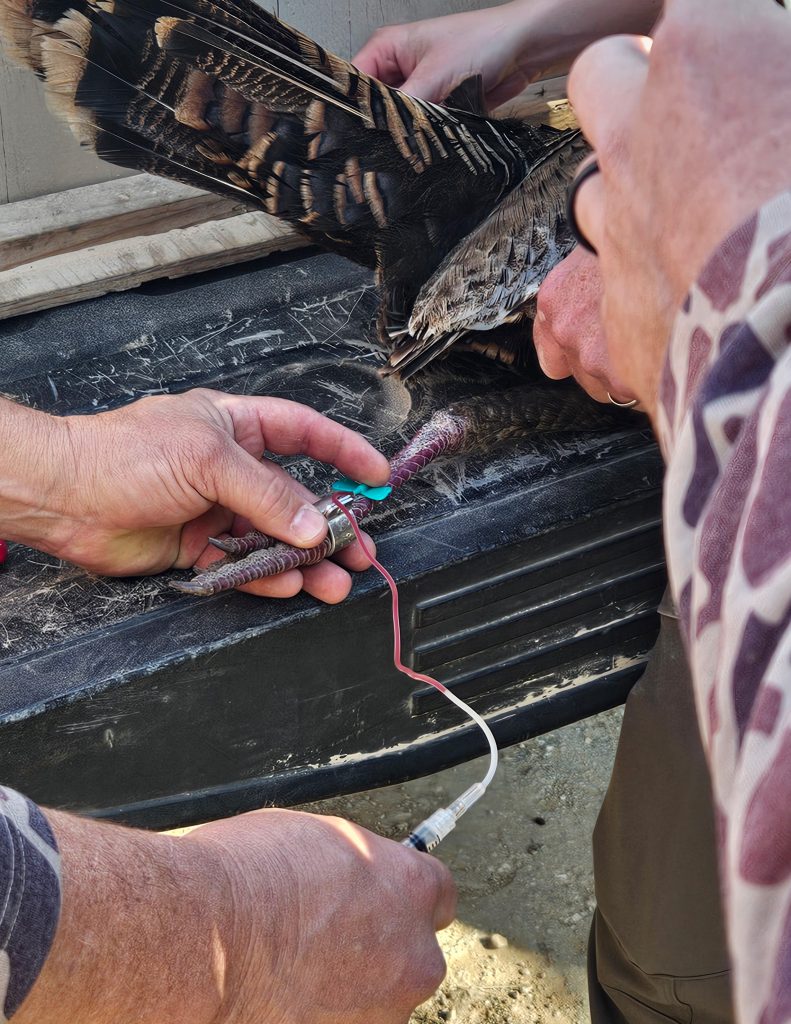Annual Wild Turkey Workshop Provides Platform for Collaboration
EDGEFIELD, S.C. — The Western Association of Fish and Wildlife Agencies recently concluded its annual Western States Wild Turkey Workshop. Hosted by the Texas Parks and Wildlife Department this year, the event provided a platform for wild turkey managers, partners and researchers from the western United States to share their insights, discuss management plans and address emerging challenges in wild turkey management in the West.
The spring workshop rotates annually among host states and agencies, with this year's gathering being in South Padre Island, Texas.
“NWTF and the Texas State Chapter of NWTF co-sponsored and helped plan the event with TPWD and annually participates in these meetings,” said Jason Hardin, TPWD wild turkey program leader and NWTF Technical Committee representative.
The NWTF played an important role in facilitating the meeting, including hosting the meeting registration, planning the meeting with TPWD and handling administrative tasks. NWTF staff — including district biologists from the NWTF’s Central and Western regions and the NWTF director of conservation operations for the central region — were in attendance as invited partners. NWTF conservation staff provided reports for their respective regions.
As part of the event, attendees assisted with trapping and marking wild turkeys at the East Foundation El Sauz Ranch in Willacy County.

“The ranch is in the Coastal Sand Sheet of Texas, which is a unique habitat type in the larger South Texas Brush Country and Gulf Coast Prairies and Marshes ecoregions,” Hardin said. “The area is home to high densities of wild turkeys and has only a handful of large landowners.”
The experience was valuable, as NWTF staff and state agency wild turkey managers from across the West were able to collaborate and share information.
“The field trip to El Sauz was a main highlight because we got more hands-on experience and demonstrations of turkey trapping, banding, GPS outfitting and drawing blood, as well as getting to experience the very unique landscape,” said Annie Farrell, NWTF district biologist. “For lunch, we ate a homemade brisket, smoked by Kyle Hand, TPWD upland game bird specialist.”
Participants trapped wild turkeys and marked them with rivet leg bands and E-OBS (a wildlife GPS telemetry company) GPS units.
“The GPS units are typically set up to take two points per day from September 1 to March 15 and then increase in collection rate March 15 to August 31 for more fine scale data on breeding, nesting and brooding behavior,” said Hardin.

They were also able to take blood samples for DNA testing and to test for diseases. The team also had time to observe wild turkeys from the edge of the Laguna Madre grasslands and the sand dunes and oak motte country farther inland.
The following afternoon, district biologists and conservation officers reviewed reports from a variety of contributors, including, but not limited to, state agencies and partners.
“This year’s meeting was much more simplified,” Farrell said. “We left most researchers and university staff off the agenda for this year since we have the National Wild Turkey Symposium coming up in December 2025. State reports included harvest data, any potential regulation changes and other key issues that might be impacting wild turkeys in each state.”
Key points of discussion this year included decision variables for setting and modifying wild turkey season regulations, potential skewed sex ratios based on banding data in the northwest and the next steps for states hosting the meeting in the future.
In addition to moving the needle for the wild turkey, attendees also got a glimpse of the unique wildlife that inhabit the Texan landscape.
“We saw wild turkeys, nilgai, white-tailed deer, axis deer, hogs and so many birds,” Farrell said. “A fan favorite was the crested caracara.”
CONNECT WITH US
National Wild Turkey Federation
770 Augusta Road, Edgefield, SC 29824
(800) 843-6983
National Wild Turkey Federation. All rights reserved.
